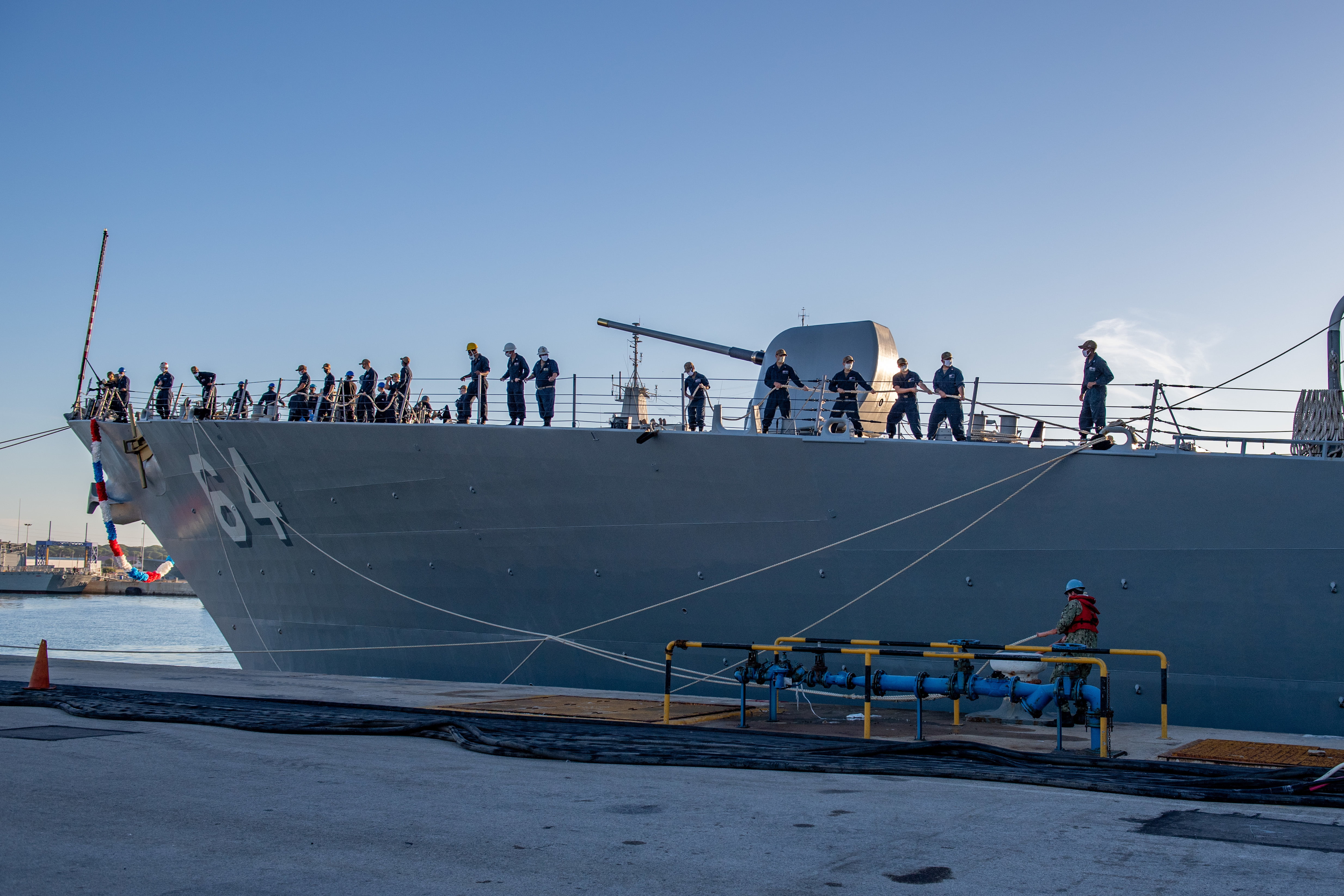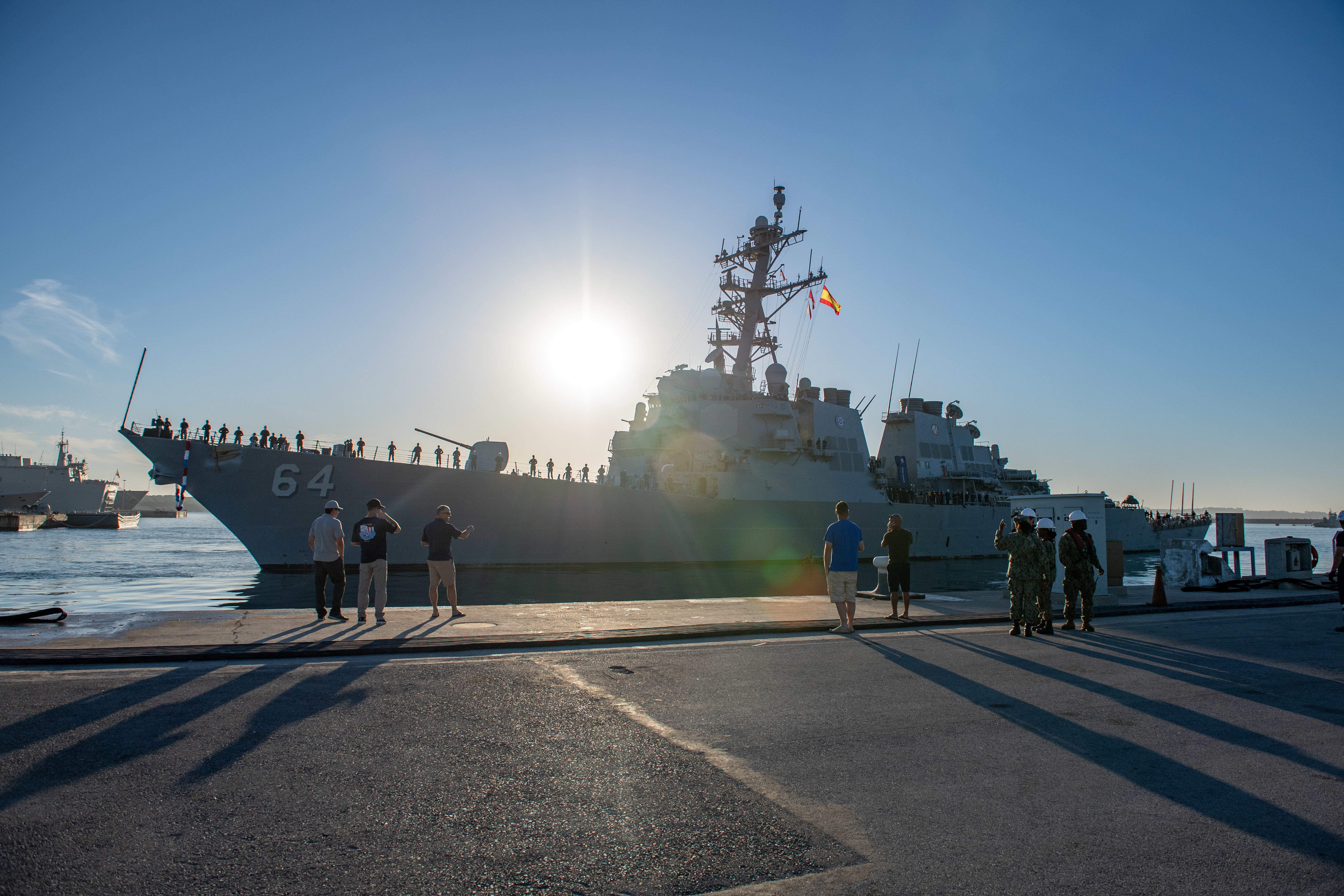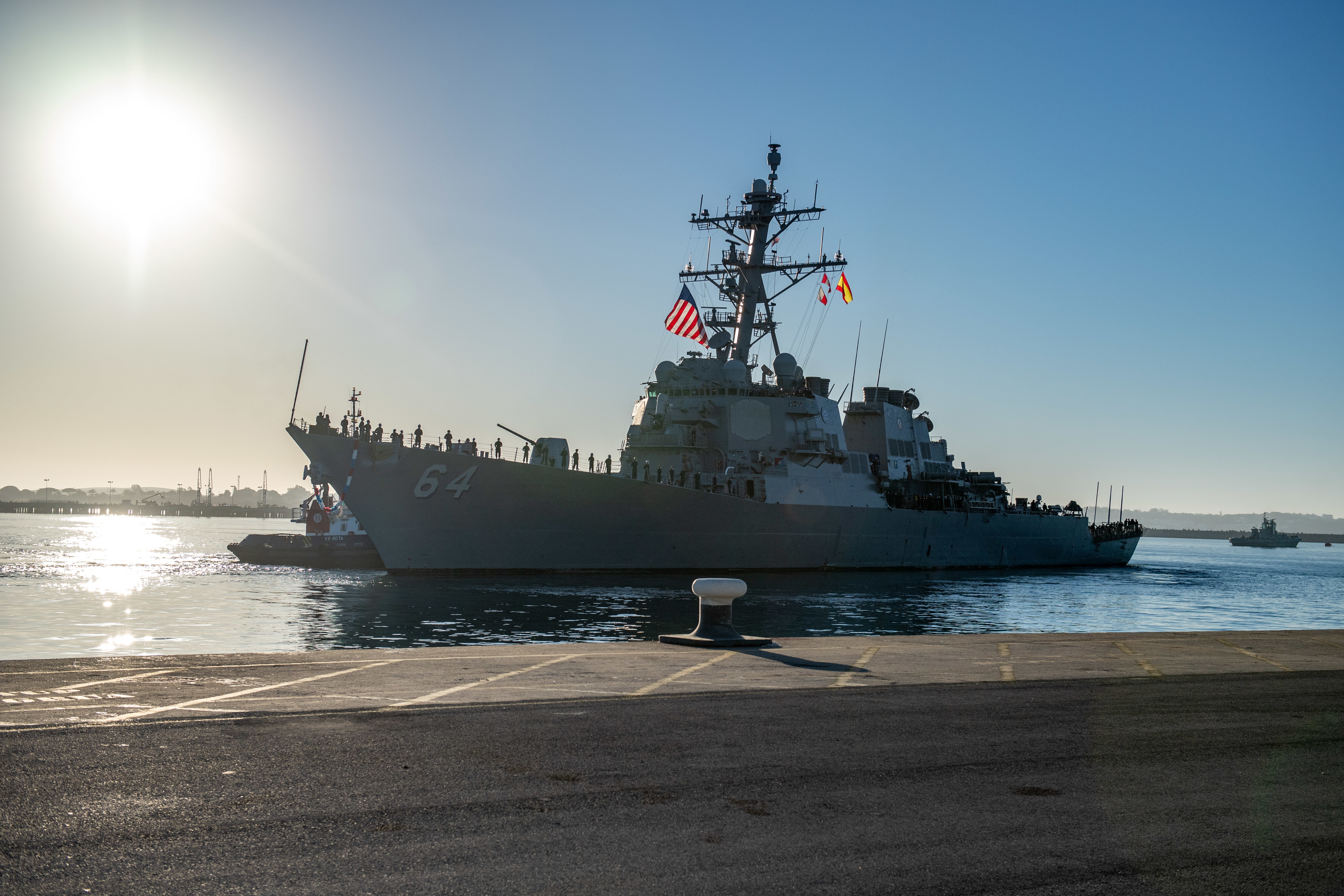In our forthcoming book on The Return of Direct to Defense to Europe: Meeting the Challenge 21st Century Authoritarian Challenge, Murielle Delaporte highlighted that with regard to defense policy under President Trump has seen an upsurge in defense capabilities postured for the direct defense of Europe.
“The return of direct defense has meant that NATO and the United States have needed to refocus on high-end warfare.
“And this is being done in various ways by the various nations in terms of how they determine how this might best be done.
“The exercise regimes being pursued by NATO since 2014 clearly have highlighted the strategic shift from the land wars to direct defense. A clear example of the new approach to a higher-end warfare exercise regime is illustrated by the Trident Juncture 2018 exercise. Trident Juncture, a NATO-led exercise, hosted by Norway, included around 50,000 personnel from NATO countries, as well as Finland and Sweden, and tested NATO’s collective response to an armed attack against one ally, invoking Article 5 of the North Atlantic Treaty. As the head of the Allied Transformation Command put it in an interview in 2017: “NATO needs to hold exercises on a large scale. Only this way are we able to test all the levels in the alliance: From the troops on the ground and all the way up to a strategic level.”[1]
[1] “Taking NATO Back to Its Core Mission,” Norwegian Ministry of Defence, June 2, 2017, https://forsvaret.no/en/taking-nato-back-to-its-core-mission
Another way is upgrading the capabilities of U.S. and allied forces within Europe to deal with threat posed by the evolving Russian missile strike force.
The US Navy has responded in part by rotating older Navy ships out from Rota Spain and replacing them with new Aegis Destroyers, capable of operating effectively within a kill web.
A 2019 announcement by 6th Fleet underscored that they were intending to cycle out older warships for the newer combat ships.
The U.S. Navy plans to rotate the four currently Forward Deployed Naval Force-Europe (FDNF-E) ships with newer, modernized ships in order to posture the most capable forces forward in the U.S. European Command (EUCOM) area of responsibility (AOR).
The destroyers being sent to Rota would all be newer, with more advanced combat systems, such as those on Roosevelt.
Additionally, the U.S. Navy intends to relocate a helicopter maritime strike squadron (HSM) to Rota, Spain, in support of the destroyers, which will enhance the multi-mission roles of these ships.
What the slide show highlights is the rotation out of the USS Carney.
NAVAL STATION ROTA, Spain (June 27, 2020) — The Arleigh Burke-class guided-missile destroyer USS Carney (DDG 64) departs Naval Station Rota, Spain, for the last time as a Forward-Deployed Naval Forces-Europe asset, June 27, 2020.
Carney is being replaced by USS Roosevelt (DDG 80) in the first of several scheduled homeport shifts to occur in support of the U.S. Navy’s long-range plan to gradually rotate the four Rota-based destroyers.
(U.S. Navy photo by Mass Communication Specialist 1st Class Peter Lewis/Released)
In a story by Megan Eckstein published by USNI News on June 29, 2020, the departure of USS Carney was highlighted as follows:
Carney is the first of the four Rota-based DDGs to be swapped out and return stateside, as part of a Navy plan to rotate more capable DDGs into the busy theater.
The sea service announced last year, “The U.S. Navy plans to rotate the four currently Forward Deployed Naval Force-Europe (FDNF-E) ships with newer, modernized ships in order to posture the most capable forces forward in the U.S. European Command (EUCOM) area of responsibility (AOR).
Additionally, the U.S. Navy intends to relocate a helicopter maritime strike squadron (HSM) to Rota, Spain, in support of the destroyers, which will enhance the multi-mission roles of these ships.”
Roosevelt is the first Flight IIA Arleigh Burke DDG to serve in the FDNF-E fleet and brings with it the most recent advanced capability build (ACB) of the Aegis Combat System, which integrates weapons and sensors such as the Cooperative Engagement Capability; Evolved Sea Sparrow Missile; Mk 15 Close-In Weapons System Block 1B; and the Mk 41 Vertical Launching System, capable of supporting Standard Missile (SM) 3 and newer variants, the Navy previously stated.
These new capabilities allow the ship to conduct air and missile defense at the same time.
When the original four DDGs started operating out of Rota, the Navy worried that they were solely watching the skies for missiles to protect European land infrastructure and didn’t have the capacity to simultaneously watch for threats to the ships themselves.
This forced the Navy to figure out a plan to integrate Raytheon’s Sea Rolling Airframe Missile (SeaRAM) onto Aegis-equipped DDGs for the first time as an added means of self-protection for the ships.






